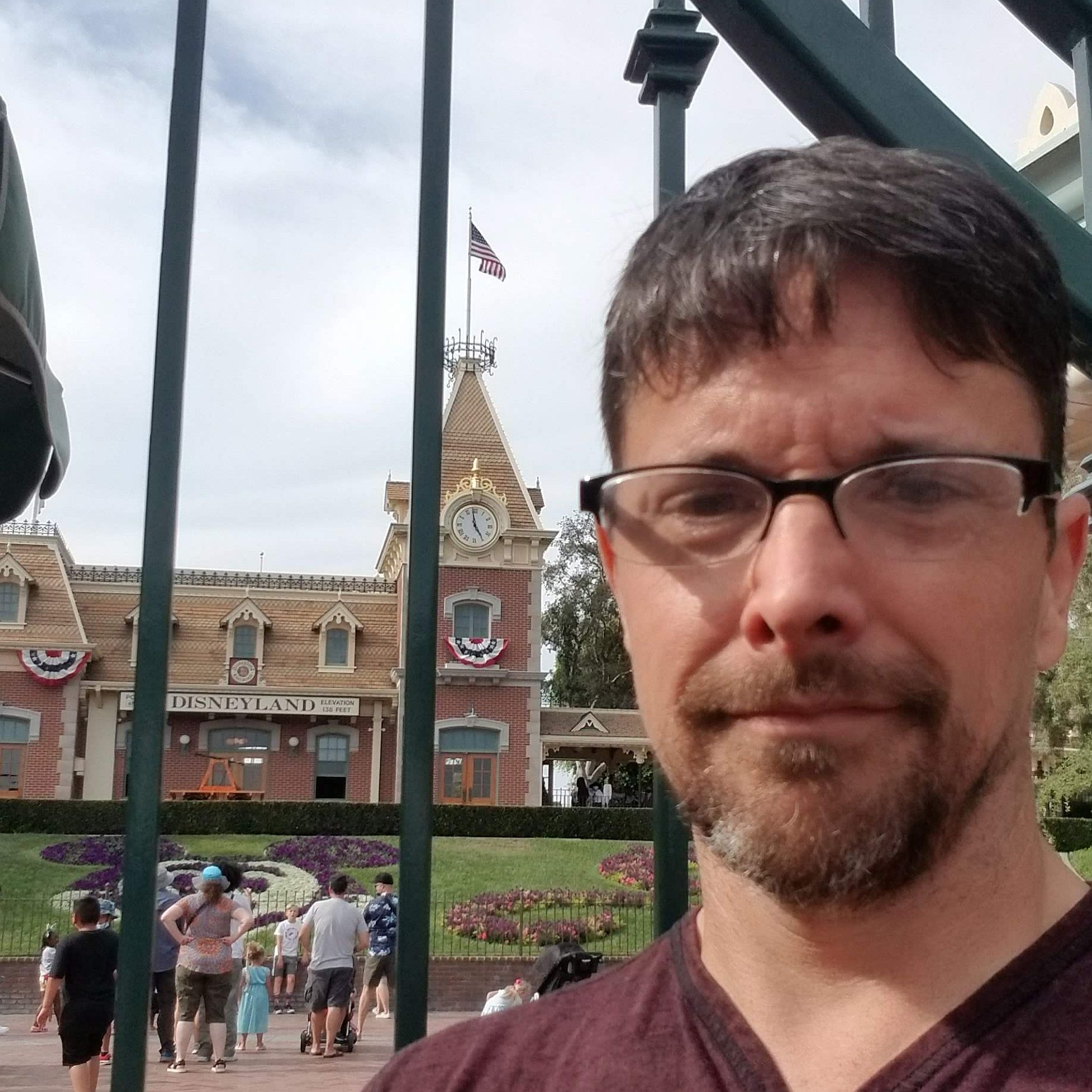Frozen: How Elsa Was Almost The Movie's Villain Before Disney Decided To 'Let It Go’
Elsa is one of Disney's strongest heroes, but she almost became one of its biggest villains.

In the more than 80 years that Walt Disney Animation Studios has been making feature films, the only movie that has grossed more money at the global box office than Frozen is its own sequel. Frozen was a phenomenon. It seemingly came out of nowhere to capture the hearts, minds and, thanks to the endless playing of "Let It Go," ears of a generation. Clearly Disney did everything right, which is why it might surprise some that Frozen was almost a very different movie, one in which Elsa was the villain.
As is actually the case with many animated films, the story of the original Frozen went through a lot of changes during its life, but the single biggest was the choice to make Elsa a sympathetic antagonist. That's because in an early version of the story, she was much more a traditional Disney villain. Here’s what happened.
Elsa Was A Very Different Character In Early Drafts Of Anna And The Snow Queen
Like so many of Disney’s animated classics, Frozen was initially inspired by a fairy tale. Specifically, it’s based on Hans Christian Andersen’s The Snow Queen. It’s the story of two young people who come into conflict with the villainous title character. She is very much the antagonist of the story, and in the early development of a movie that was, at the time, called Anna and the Snow Queen, Else would have been as well. Her character design was also significantly different with her skin actually blue and her hair spiked.
In early drafts of the story, Elsa kidnaps her sister Anna to prevent her wedding and intentionally freezes her heart before using snow creatures to attack the town. The major conflict was designed to be Anna trying to get back to her fiancé Hans so that his kiss could thaw her heart, while Elsa tried to prevent the two from reuniting.
It was always the plan that "true love" should be found between the two sisters, not between Anna and her romantic partner. However, while the creative team knew where they wanted to get, it seems nobody was entirely sure how to get there.
“Let It Go” Changed Everything
As the Into the Unknown documentary about the making of Frozen II showed, stories in animated movies can change drastically over time, even while the animation is underway. Just as that happened with the sequel, the original Frozen went through many iterations. Characters were added and deleted, and the personalities of characters changed drastically. Frozen went through many changes as the filmmakers tried to figure out how it would all work best, and they had some difficulty finding a story that was satisfying.
It was songwriters Robert Lopez and Kristen Anderson-Lopez who ultimately found the path through, and won an Oscar in doing so. They wrote the song “Let It Go,” seeing Elsa not only as a villain, but as a woman coming to terms with her own power. It was a move meant to make the film's antagonist more understandable, but it had the effect of changing her entirely. Writer and director Jennifer Lee said that when she heard the song, “I knew that I had to rewrite the whole movie,” and that’s exactly what happened.
Your Daily Blend of Entertainment News
Frozen transitioned from a plot about two sisters fighting each other to one about sisters who were each trying to protect each other in very different ways. While Frozen has a villain, he's not exactly what the movie is about. Maybe the original ideas for Frozen would have still made for one of the best Disney animated movies, but we'll never really know.

CinemaBlend’s resident theme park junkie and amateur Disney historian, Dirk began writing for CinemaBlend as a freelancer in 2015 before joining the site full-time in 2018. He has previously held positions as a Staff Writer and Games Editor, but has more recently transformed his true passion into his job as the head of the site's Theme Park section. He has previously done freelance work for various gaming and technology sites. Prior to starting his second career as a writer he worked for 12 years in sales for various companies within the consumer electronics industry. He has a degree in political science from the University of California, Davis. Is an armchair Imagineer, Epcot Stan, Future Club 33 Member.
